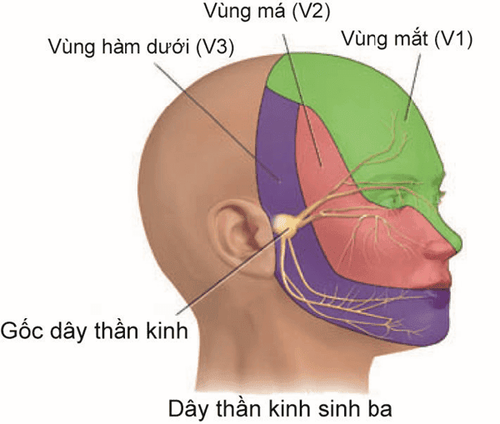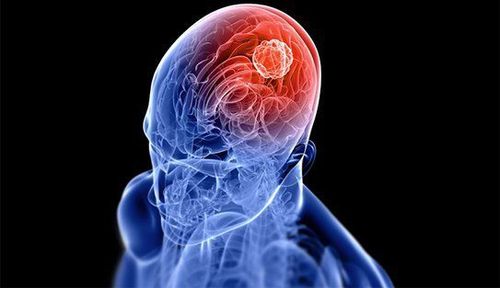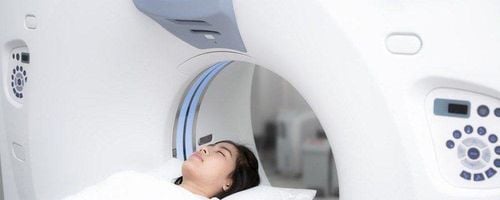This is an automatically translated article.
The article was professionally consulted by Specialist Doctor I Tran Cong Trinh - Radiologist - Radiology Department - Vinmec Central Park International General Hospital. The doctor has many years of experience in the field of diagnostic imaging.Epilepsy is a brain disorder that involves repeated seizures. These are sudden, uncontrolled bursts of electrical activity in the brain that cause involuntary movements, changes in attention, or loss of consciousness. Your doctor may use an EEG, brain CT, brain MRI, or lumbar puncture to diagnose and treat this condition.
1. What is epilepsy?
Epilepsy is a chronic disorder that causes recurrent, irreversible seizures. There are two main types of epilepsy:Generalized epilepsy affects the entire brain. Partial or partial seizures, affecting only part of the brain. A mild seizure can be difficult to notice. It may last a few seconds while the person is unconscious. Stronger seizures can cause uncontrollable muscle spasms and convulsions and can last a few seconds to several minutes. During stronger seizures, some people become confused or lose consciousness. The person may then have no memory of what happened. There are several reasons you may have a seizure such as:
High fever Head trauma Very low blood sugar Alcohol withdrawal syndrome Epilepsy is a fairly common neurological disorder affecting 65 million people worldwide. In the United States, the disease affects about 3 million people. Anyone can have epilepsy, but it's more common in young children and the elderly, with more men than women.
Currently, there is no cure for epilepsy, but the disorder can be controlled with medication and other treatment regimens.

Sốt cao là một nguyên nhân gây co giật
2. Epilepsy complications if not treated and controlled
Having a seizure at certain times can lead to dangerous situations for yourself or others. Specifically:Fall: If you fall during a seizure, you can injure your head or break a bone. Drowning: If you have epilepsy, you are 15 to 19 times more likely to drown while swimming or bathing than someone without epilepsy, due to your chance of having a seizure while in the water. Traffic accidents: Because a seizure causes loss of consciousness or loss of control, it can be dangerous if you are driving or operating other equipment. Pregnancy complications: Seizures during pregnancy are dangerous for both mother and baby, and some antiepileptic drugs increase the risk of birth defects. If you have epilepsy and are trying to get pregnant, talk to your doctor before you become pregnant. Most women with epilepsy can get pregnant and give birth to a healthy baby, but you'll need to be carefully monitored throughout your pregnancy and your epilepsy medication may need to be adjusted. Emotional health problems: People with epilepsy are more likely to have psychological problems, especially depression, anxiety, and suicidal thoughts and behaviors. These problems can be a result of difficulties dealing with status epilepticus as well as side effects of medication.
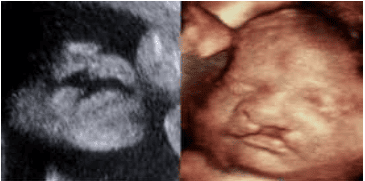
Động kinh trong khi mang thai có thể khiến thai nhi bị dị tật bẩm sinh
Status epilepticus: This occurs if you are in a state of convulsion. convulsions that last more than five minutes, or if you have frequent recurrent seizures that do not fully regain consciousness between the twitching muscles. People with status epilepticus are at increased risk of permanent brain damage and death. Sudden sudden death in epilepsy (SUDEP): People with epilepsy also have a low risk of sudden death. The exact cause is still unknown, but some studies suggest that sudden death can be caused by heart or respiratory disease. People who have frequent tonic-clonic seizures or who have seizures but are not effective at controlling them may be at increased risk for SUDEP. Overall, about 1 percent of people with epilepsy die from SUDEP.
3. Diagnosis and Evaluation of Epilepsy
To diagnose epilepsy, your doctor will review your current symptoms and medical history. The doctor may order a number of tests to diagnose epilepsy and determine the cause of the seizures, including:Neurological evaluation: The doctor can check behavior, mobility, mental function psychiatry and other fields to diagnose status epilepticus and determine the type of seizure you may have. Blood tests: Your doctor may take a blood sample to check for signs of an infection, genetic condition, or other conditions that may be related to seizures. Your doctor may also prescribe other diagnostic techniques to detect brain abnormalities such as:
Electroencephalogram (EEG): This is the most common diagnostic technique used to diagnose epilepsy. In this technique, electrodes are attached to your scalp with a paste-like substance or cap. The electrodes will record the electrical activity of your brain. If you have epilepsy, there will usually be changes in brain wave patterns compared to normal brain waves, even if you don't have a seizure at the time. Your doctor may watch you on video while conducting an EEG while you are awake or asleep, to record any seizures you have. Recording seizures can help your doctor determine what type of seizure you have or rule out other conditions.
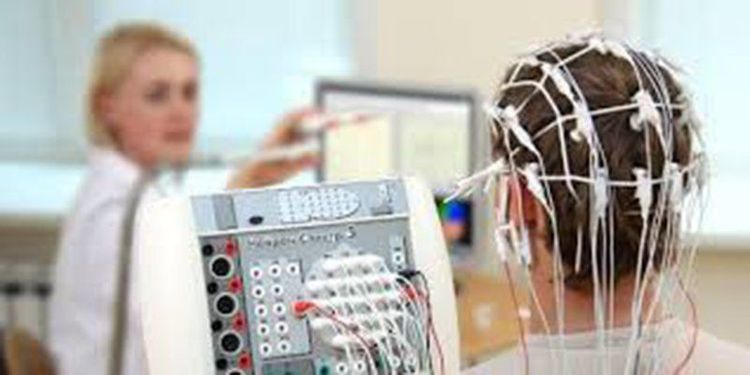
Khi nghi ngờ có những bất thường về não, người bệnh được chỉ định điện não đồ

SPM (Statistical parametric mapping) là một trong những kỹ thuật chẩn đoán hình ảnh trong khám thần kinh
SPM (Statistical parametric mapping). ) . SPM is a method that compares areas of the brain that are increased metabolically during seizures with the normal brain, giving doctors a clue as to where seizures begin. Curry Analysis. Curry analysis is a technique that takes EEG data and projects it onto an MRI of the brain to help doctors find seizures that are occurring. Magnetoencephalography (MEG) . MEGs measure magnetic fields generated by brain activity to identify potential areas for seizure triggering. Accurate diagnosis of seizure type and location of seizure onset is the best basis for doctors to develop an effective treatment plan.
Vinmec International General Hospital is one of the hospitals with the function of examination, treatment, screening and diagnosis of many diseases, including epilepsy. Especially to bring high efficiency in medical examination and treatment, Vinmec now also designs many accompanying medical services performed by leading specialists at home and abroad.
Currently, Vinmec has a full range of specialized facilities to diagnose and stage epilepsy such as: Endoscopy, CT scan, PET-CT scan, MRI, EEG,... Once the disease is determined, the doctor will advise and give an effective treatment plan.
Please dial HOTLINE for more information or register for an appointment HERE. Download MyVinmec app to make appointments faster and to manage your bookings easily.
References: radiologyinfo.org, mayoclinic.org




